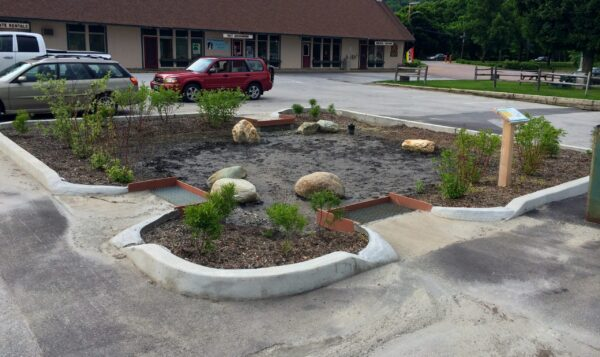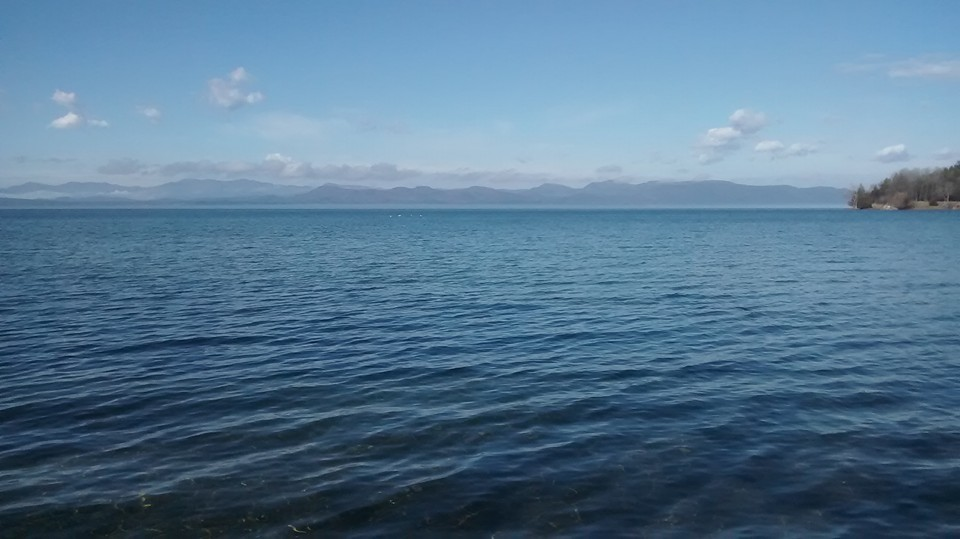Urban Conservation Resources

The WNRCD has within our boundaries the largest city in Vermont (Burlington) and the capital (Montpelier). With over 47 communities of people calling the WNRCD home, there is an impact from developed areas on water quality that is directly linked to stormwater. The WNRCD has compiled a list of resources for municipalities, homeowners, and associations who want to implement sound urban conservation practices. Best Management Practices include low impact development, rain gardens, and more.
WNRCD Urban & Residential Conservation Factsheets
Green Lawn Care factsheetSeptic System Maintenance FactsheetVermont Rain Garden Manual
This high-quality handbook provides detailed instructions on how to locate, size, design and plant a rain garden in Vermont. An extensive plant list provides information to choose the best varieties for your location and detailed design ideas for several sample sites provide inspiration.
Download a copy here: VTRainGardenManual“Green” Lawn Care
https://www.lcbp.org/get-involved/learn/save-the-lake-tips/
http://www.lcbp.org/wp-content/uploads/2012/08/yourlawnlake.pdf
Lake Shore Living
http://dec.vermont.gov/watershed/lakes-ponds/lakeshores-lake-wise/bmp
http://dec.vermont.gov/watershed/lakes-ponds/lakeshores-lake-wise/resources
Vermont Stormwater Management Manual
Effective stormwater management must include both water quality and water quantity controls. This document by the Vermont Agency of Natural Resources presents a unified approach for designing and sizing stormwater treatment practices (STPs) to meet specified treatment standards for water quality, channel protection, groundwater recharge, overbank flood protection and extreme flood control.
Vermont Stormwater Management ManualVermont Low Impact Development Guide
The Vermont Department of Environmental Conservation’s Water Quality Division “Vermont Low Impact Development Guide for residential and small sites. The practices in this guide are intended to be applied to residential and small commercial sites. Because LID BMPs use a variety of techniques for controlling runoff, designs can be customized to site needs and constraints.
LID GuideVermont Green Stormwater Infrastructure Simplified Sizing Tool for Small Projects
The Vermont League of Cities and Towns (VLCT), in partnership with the Vermont Department of Environmental Conservation, Ecosystem Restoration Program (ERP), has updated the Vermont Model Low Impact Development Stormwater Management Bylaw, which was released in 2008. As part of the update, this guidance and attendant suite of tools was created with the goal of making stormwater management more accessible to small and moderately-sized towns seeking to manage stormwater from development and re-development projects that fall below the permitting thresholds for State stormwater permitting, often referred to as “sub-jurisdictional”. This suite of tools can be utilized to size, and aid in the review of, green stormwater infrastructure (GSI) best management practices (BMPs) for small projects – projects creating up to ½-acre of impervious surface. The sizing criteria for BMPs included in this guidance are calibrated to meet the draft Water Quality Treatment Standard, which will require treatment of the “first inch” of runoff from proposed impervious surfaces.
2015_GSI-Simplified-Sizing-Tool-Fact-Sheets2015-GSI-simplified-sizing-spreadsheet
Other Useful Resources
Lake Champlain Long-term Water Quality and Biological Monitoring Project
Agency of Natural Resources MS4 Permit web site
Department of Environmental Conservation, Vermont Water Quality Division – stormwater information
EPA’s Technical Guidance for Implementing Stormwater Runoff Requirements
USGS Fact Sheet on Water Quality and Pollutants
